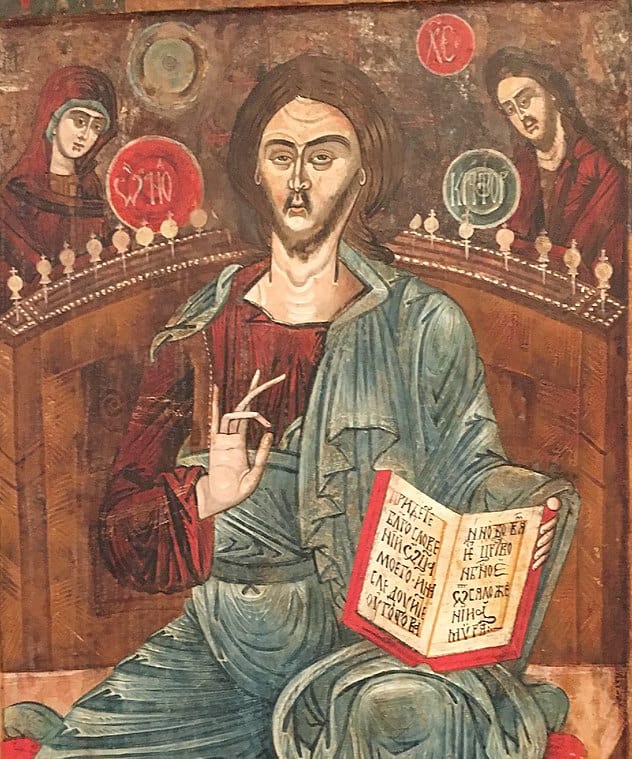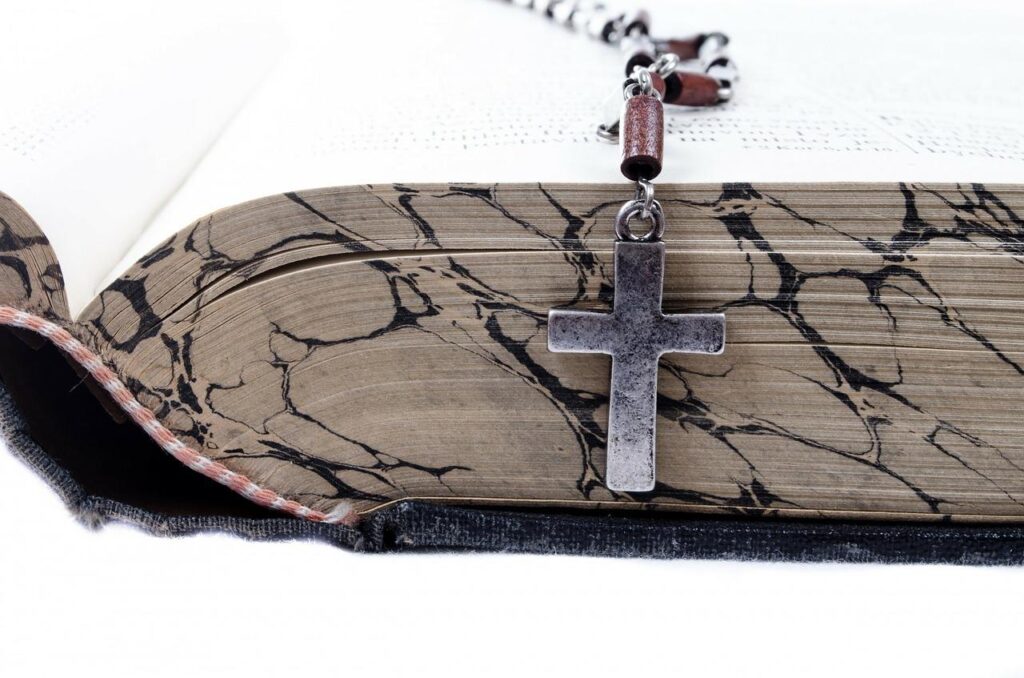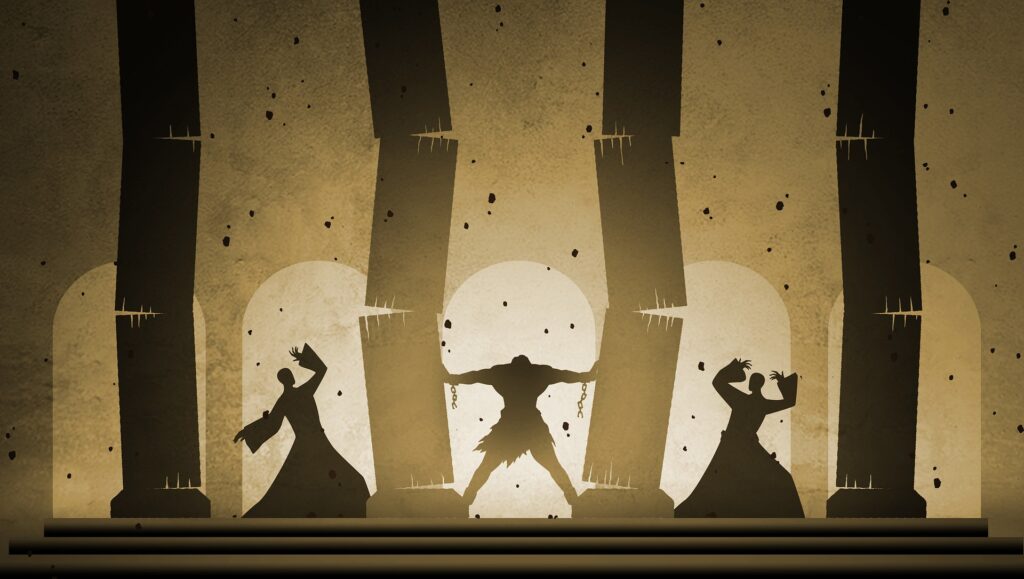An ancient gold necklace bedecked with gemstones, that was perhaps worn by a distinguished 7th century Christian female leader, was discovered by archaeologists at a village burial site in Northamptonshire, England. A big ornate cross with pectoral crosses at each arm’s end and decorated with garnets was also found from the site. The Museum of London Archelogy has said that both the findings possibly belonged to a Christian woman buried there, who was perhaps an esteemed Christian leader of her time. The findings date back to the period between 630-670 A.D. The necklace has been given the nickname, “Harpole Treasure,” which is derived from the village where both the items have been found.
The Christian Post:
Archaeologists have uncovered an ancient gold, gemstone necklace at a burial site in England that is believed to have once adorned the neck of an affluent, Christian female leader who walked the earth 1,300 years ago.
The jewelry was uncovered at the Northamptonshire village burial site in Britain’s Midlands in April 2022. Archaeologists also found a large ornate cross with inset garnets and pectoral crosses at the end of each arm.
According to the Museum of London Archeology, experts said the second finding furthered their belief that both discoveries were possibly the belongings of a seventh-century Christian woman buried there who may have been an early Christian leader.
The gold charm and the cross date back to 630 to 670 A.D.
While the cross is still under review, as it is being micro-excavated, the necklace itself has been given a nickname, “Harpole Treasure.” The nickname stems from the Central London village, where both discoveries were uncovered.
The Museum of London Archeology is one of the organizations involved in the Northamptonshire dig on behalf of Vistry Group. The “Harpole Treasure” has a shocking number of never-before-seen pendants and is made up of intricate patterns, shapes and designs.
The necklace is also thought to have once been vibrant with burgundy, blue, red, green and gold on its pendants, according to side-by-side photos shared by the museum of how the necklace appears today and what it once looked like centuries ago.
Read the full article here







